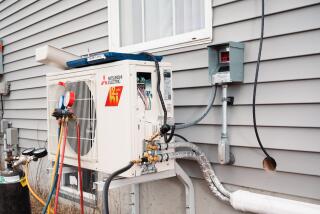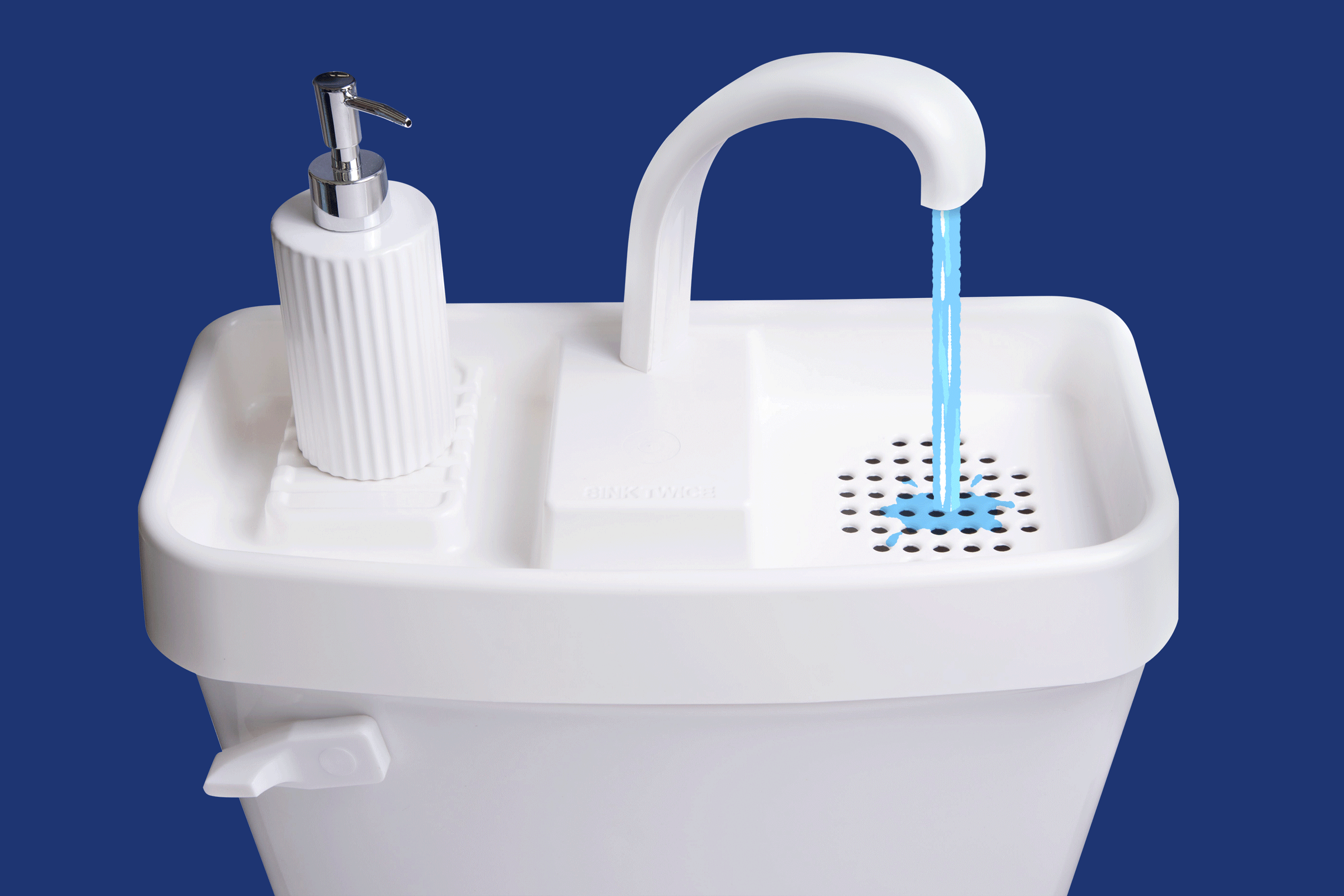Flapper Kit Stops Running Toilet and Cuts Water Bill
- Share via
Question: Our toilet runs a little, but I do not want a new low-water-usage model. Will one of those $10 water-saver flapper kits fix our problem and will it really cut $100 annually from our water bills?
Answer: In the typical family, flushing toilets accounts for just a bit less than half of the water bills. Installing a water-saver flush kit can save thousands of gallons of water a year, which is more than $100 per year at most area’s water rates. I installed them in my own toilets.
You should be able to install any of the many do-it-yourself kit designs in about 15 minutes. Most come with a new tank flapper as part of the kit, so it will fix common toilet running problems. If it does not, you can install a new ball cock valve for about $5 to $10 more.
There is also a significant energy loss in the winter by flushing toilets. After the toilet is flushed, very cold water from the water main fills the toilet tank. This tank of very cold water draws heat from your room air as the water warms to room temperature. This makes your furnace run longer.
Typically, 90% of all toilet flushes are for liquids only. Dual-flush kits provide the greatest water savings with the most effective flush. These produce a low-volume flush for liquids and a standard full-volume flush for solids.
My favorite kit, Select-a-Flush, uses a single handle. Push it down as normal for a water-saving flush for liquids. For a full tank flush for solids, lift the handle. The handle does not have to be held continuously as the toilet flushes.
Other dual flush designs work equally well, but require you to hold the handle down a little longer, instead of lifting it, for a full flush for solids. Either design will quickly pay back its cost and is simple to install.
The lowest-cost option is a rapid-closing flapper kit, and it is very simple to install yourself. There are many designs that basically force the flapper valve to close before the tank is fully empty. You still get the full pressure because the tank still fills to the standard height.
The easiest model to adjust is the Frugal Flush. It has a small cone with various-sized air bleed holes. Rotate the cone to a larger or smaller hole to fine-tune the flush volume. Once it is properly set, you can forget it.
Other inexpensive devices snap on the overflow tube in the tank. Some use a float that moves down the tube and forces the flapper closed earlier. Another design uses clips on the tube to limit how far the flapper opens.
Write for (or instantly download at https://www.dulley.com) Update Bulletin No. 796--a buyer’s guide to 11 toilet water-saving flush kits, installation instructions, toilet trouble-shooting and saving charts. Please include $3 and a business-size, self-addressed, stamped envelope, and mail to James Dulley, Los Angeles Times, 6906 Royalgreen Drive, Cincinnati, OH 45244.
If Chimney Catches Fire, Get Help, Then Get Out
Q: We used our fireplace quite a bit over the winter and have not had the chimney cleaned as often as we should have. If a chimney fire does start, what is the proper course of action?
A: Often, you do not even know that a chimney fire has started until it has been burning for a while. First, call the fire department. Use a fire extinguisher to snuff out the fire in the fireplace.
If your chimney damper has a long handle, close the damper. Even if you think that the chimney fire is totally out, evacuate your family from the house and wait for the fire trucks to arrive.
Earth Berm’s Timbers Need Minimal Care
Q: I built a retaining wall with timbers last summer. It is along the north side of my house to create an earth berm weather barrier and for plants. How should I take care of the wall timbers?
A: An earth berm will help to keep a house comfortable and utility bills lower year-round in any climate. In cold climates, a northwest corner location is best. In hot climates, a southwest corner is preferred.
If you used good quality pressure-treated beams, they need little care unless you see signs of insect damage. In this case, contact your state college’s agricultural department for advice for controlling local pests.
An on-line tour of James Dulley’s house shows the money-saving improvements and products that he tests. There are nearly 100 pictures with links to the various columns that describe the improvements and products. Go to https://www.dulley.com/house/.


